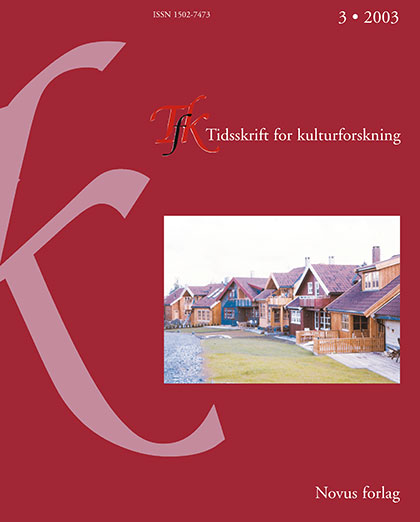Sammendrag
The article shows how a widespread sexualisation of women paved the way for the questioning of their credibility. With the help of morally heightened descriptions of what had happened before, during and after the particular course of events, the inquiry and legal proceedings were conveyed in the form of pictures of individual guilt or innocence, credibility or depravity.It was a narrative devoted to achieving something: creating and communicating a set of moral positions. Whether we analyse the man's or the woman's own versions, the prosecuting or defence counsel's descriptions, or the scientific, psychiatric judgements of character, the narrative in itself stands out as the vehicle that steers the strategic first impression.
The supposedly neutral magistrate could not manage without knowledge of the individual's character and credibility. But as a consequence something else was also upheld. Through the selection of cases that went forward to prosecution and conviction, the judicial apparatus upheld the distinctions that the law was intended to stand above. At the same time as the police and court deemed it essential to find out whether the woman ought to be set in the frame of idealised or undesirable womanhood and whether the man ought to be regarded as either normal or deviant, the idea of a connection between personal ethics and individual credibility was strengthened. In this way, the court also contributed to the reproduction of those stereotypes that lead to the idea that only certain men can be said to be perpetrators and that only certain women can be said to be victims.
Forfattere beholder opphavsretten og gir tidsskriftet rett til første publisering av arbeidet. En Creative Commons-lisens (CC BY-SA 4.0) gir samtidig andre rett til å dele arbeidet med henvisning til arbeidets forfatter og at det først ble publisert i dette tidsskriftet.

